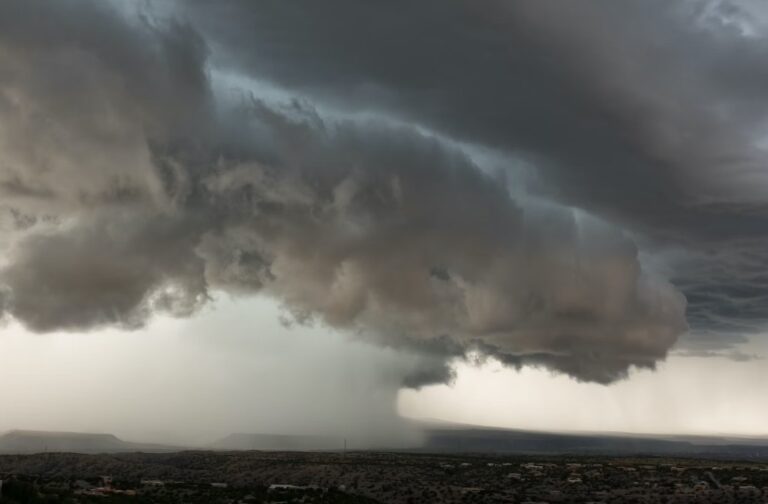The production of energy by burning fossil fuels. The production of industrial goods, which in turn is energy-intensive and produces harmful emissions in its manufacturing processes. Uncontrolled deforestation, often subordinated to increased monocultures, which reduces the planet’s capacity to remove carbon dioxide from the atmosphere. The heavy use of polluting forms of transportation, the supply of electricity to buildings, food production, overconsumption – these are the main causes of climate change.
Which, as is well known, has already created great damage, through extreme events and beyond. And to suffer most of this damage have been – often – precisely the poorest countries. Moreover less responsible than others for the production of greenhouse gas emissions.
That is why the issue of funds that richer countries should pass on annually to the most fragile and affected countries has been on the international negotiating table for years now. We talk mainly, but not only, about the infamous $100 billion a year promised back in 2009 and never actually put on the table. The issue of compensation for loss and damage caused by climate change-the so-called “loss and damage”-does not seem easy to unravel.
Table of Contents
Loss and damage and UNFCCC
There is, within the United Nations Framework Convention on Climate Change (UNFCCC), a fairly clear and precise definition of loss and damage. This includes all losses resulting from sudden events and slower processes caused by climate change. So we are talking about typhoons, storms, but also desertification and rising sea levels.
What forms this huge group of losses is not the nature of the phenomenon, but rather its cause. Everything caused by climate change potentially ends up under the umbrella of loss and damage, and thus of climate change loss and damage offsets.
The problem is that it is far from simple to quantify the total damage caused by an extreme event such as a hurricane. And it is even more difficult to understand what the compensation might be for “slow” events, such as coastal salinization might be, for example. It is precisely by leveraging these questions that rich countries are slowing down the process of reparations to the most affected countries.
Quantifying the losses resulting from climate change
How to figure out how much the total damage caused by pollution in the most industrialized countries amounts to? This is the real crux of the question. Certainly, there are studies that try to provide an answer.
Two researchers at Dartmouth University in the United States calculated that between 1990 and 2014 the U.S. would have caused $1.9 trillion in climate damage to other countries. Their research also tries to define the damage done to individual countries by U.S. pollution. For example, they estimate $310 billion in losses for Brazil, $257 billion in losses for India, and so on.
Read also: Asia is the global epicenter of plastic pollution
The main culprits
And certainly, when it comes to reparations, it is also necessary to identify who should compensate and how much they should compensate. Obviously, this ranking should be determined according to the emissions caused over time.
The most culpable countries in this regard would be the United States, followed by China, Russia, India, and Brazil. According to estimates, the U.S. and China alone would have caused about one-third of the damage related to climate change.
The worst affected countries, on the other hand, would be Brazil itself, India, Saudi Arabia, the United Arab Emirates and Indonesia, not coincidentally all located in torrid areas. Looking instead at the impact on GDP, the most exposed would be the United Arab Emirates, Mauritania, Saudi Arabia, Oman and Mali.
Read also: The 5 major carbon emitting and polluting industries worldwide












